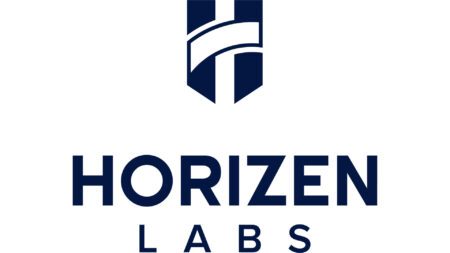Chainlink ($LINK) has taken to Twitter to outline how its “Proof of Reserve” service is providing transparency for users.
In a series of tweets published on 10 November 2022, Chainlink indicated that crypto is at a “crossroads” in terms of following in the footsteps of the traditional financial industry. According to the post, Chainlink’s Proof of Reserve service offers a superior system, while providing the “transparency that users demand.”
The tweets, which came just a day before FTX’s high-profile collapse onto insolvency, pointed out that although “some organizations demonstrate that they possess adequate asset reserves through independent audits or attestations, helping give users increased visibility into the organization’s financial assets,” for those organizations that do not provide such proofs, “customers and counterparties have no way to verify if the institution has a sufficient amount of assets on its balance sheet to meet its obligations.”
Chainlink’s Proof of Reserve (PoR), first launched in 2020, is “designed to help projects across Web2 and Web3 prove asset reserves through automated verification.” The service can also be used for “verifying centralized exchange asset reserves, off-chain bank account balances, cross-chain collateral, real-world asset reserves, and much more.”
The PoR service automatically updates on-chain smart contracts to reflect balance changes in reserves. Chainlink provided an extensive list of use cases that could be configured to assist clients, such as lending protocols, carbon credits, wrapped tokens, and even traditional financial institutions.
The tweet thread concluded by warning against crypto recreating similar flaws in the traditional financial system. Instead, the company argued that crypto should be working to build an “open and transparent global economy.”
Image Credit
Featured Image via Pixabay









